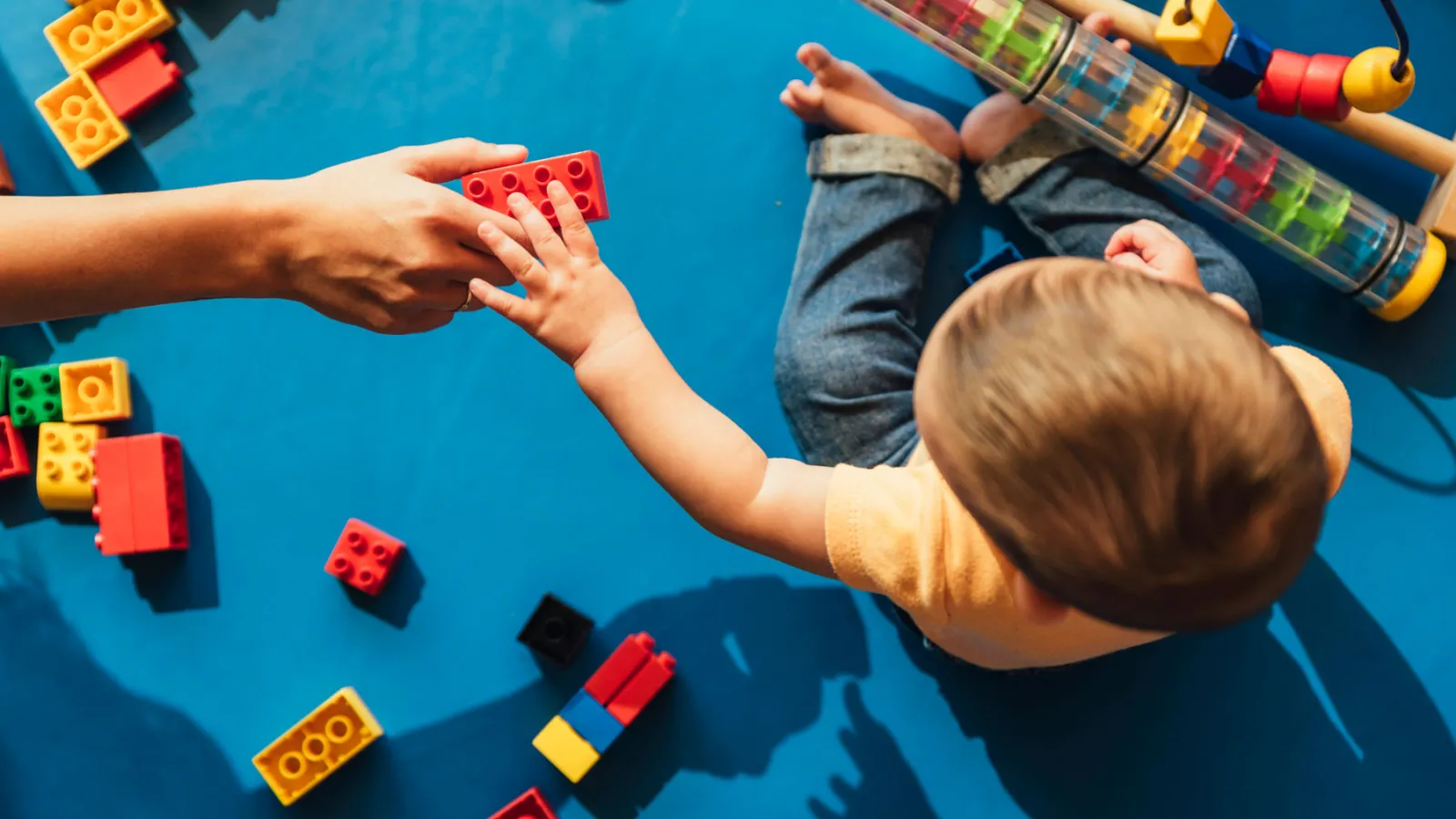Banner

Title
resources
Resource Library
Our Resource Library contains materials and assistance for early childhood educators and those they serve. Explore our selection of podcasts, tip sheets, websites, documents, and self-study courses.
Results: Page 26 of 50
| Resource Name | Description | Resource Type |
|---|---|---|
| HealthyChild | HealthyChild is devoted to health, safety issues, and fun activities for kids. You can find hundreds of free printable coloring pages and a lot of information on medicine, illnesses, educational activities, and a lot of insight that you might need as a parent to keep your child safe, engaged, and happy. | Website |
| Hearing Loss Association of America | The Hearing Loss Association of America (HLAA) is the nation’s leading organization representing people with hearing loss. According to the National Center for Health Statistics 48 million (20 percent) Americans have some degree of hearing loss. It is the third most prevalent chronic health condition in older adults, after arthritis and heart disease, making it an issue of national concern. HLAA provides assistance and resources for people with hearing loss and their families to learn how to adjust to living with hearing loss. HLAA is working to eradicate the stigma associated with hearing loss and raise public awareness about the need for prevention, treatment, and regular hearing screenings throughout life. | Website |
| Heatstroke - Never Leave a Child Alone in a Car | Avoid heatstroke-related injury and death by never leaving a child alone in a car, not even for a minute. And make sure to keep your car locked when you’re not inside so kids don’t get in on their own. Here is a printable pdf from Safe Kids Worldwide for you to display. | Document |
| Help Mikey Make It Out | Help Mikey make the right choices to make it out of his home safely. | Website |
| Help Your Baby Sleep Safely So You Can Sleep Soundly | From the American Academy of Pediatrics, "few things make you value sleep more than when you have a new baby. (We're parents, too. We understand.) We can't promise you more sleep, but we can offer you this―less worry and deeper sleep because you know your baby is sleeping safely." | Website |
| Helpful Books | The list of books address Incarceration and Social Justice and was created by Resilience Beyond Incarceration. | Document |
| Helping Children Cope After a Disaster | Children can cope more effectively with a disaster when they feel they understand what is happening and what they can do. Providing basic information may help them cope. However, programs should be careful not to provide unnecessary details that may only alarm them. | Document |
| Helping Children Cope with Emergencies | The NCBDDD and the Children's Preparedness Unit recently released this new Spanish-language resource (June 2018) to assist parents, caregivers, and healthcare providers helping children with special healthcare needs to prepare or recover from a disaster. | Website |
| Helping Children Deal With Grief | “Most young children are aware of death, even if they don’t understand it. Death is a common theme in cartoons and television, and some of your child’s friends may have already lost a loved one. But experiencing grief firsthand is a different and often confusing process for kids.” To learn more, check out this resource from The Child Mind Institute. | Website |
| Helping Children Understand Emotions When Wearing Masks | From The National Center for Pyramid Model Innovations (NCPMI): "Young children look for emotional cues from caregivers to help interpret the environment and rely on their caregiver’s facial expressions, tone of voice, and body posture to identify and understand emotions. Here are tips and ideas for helping children identify emotions when your face, your most expressive feature, is covered by a mask. Use these strategies to let children know that behind the mask, a kind and warm expression is still there!" | Document |
Results: Page 26 of 50